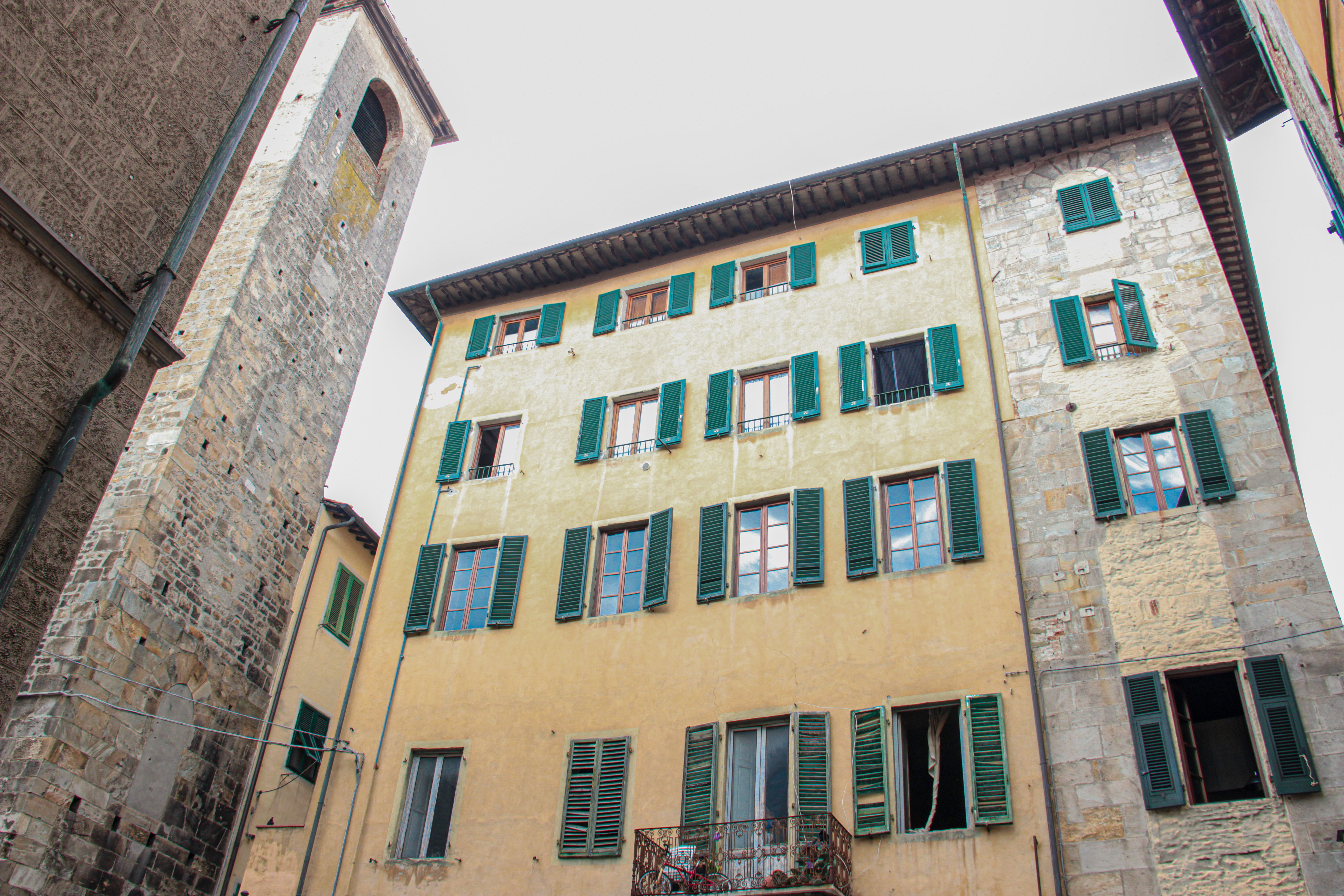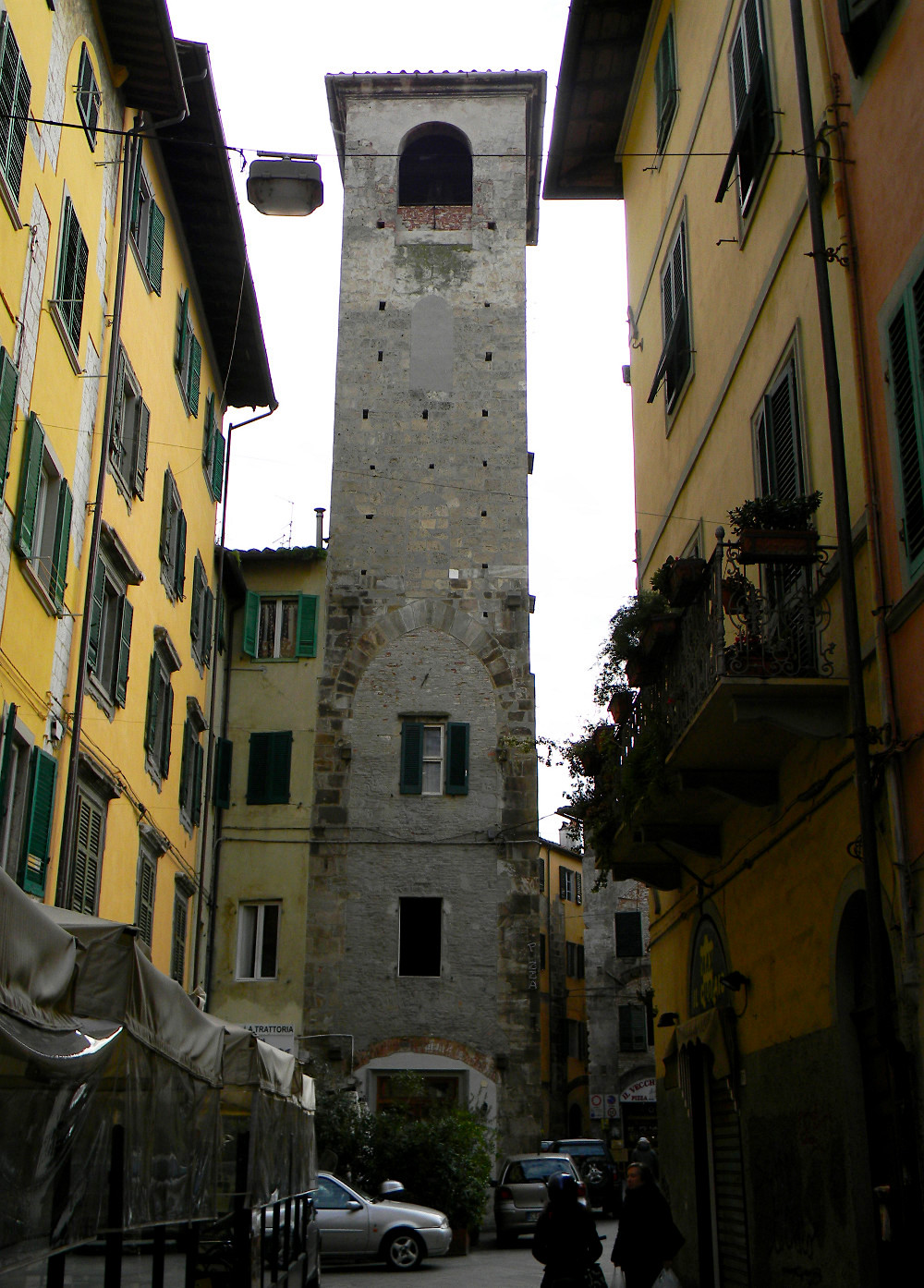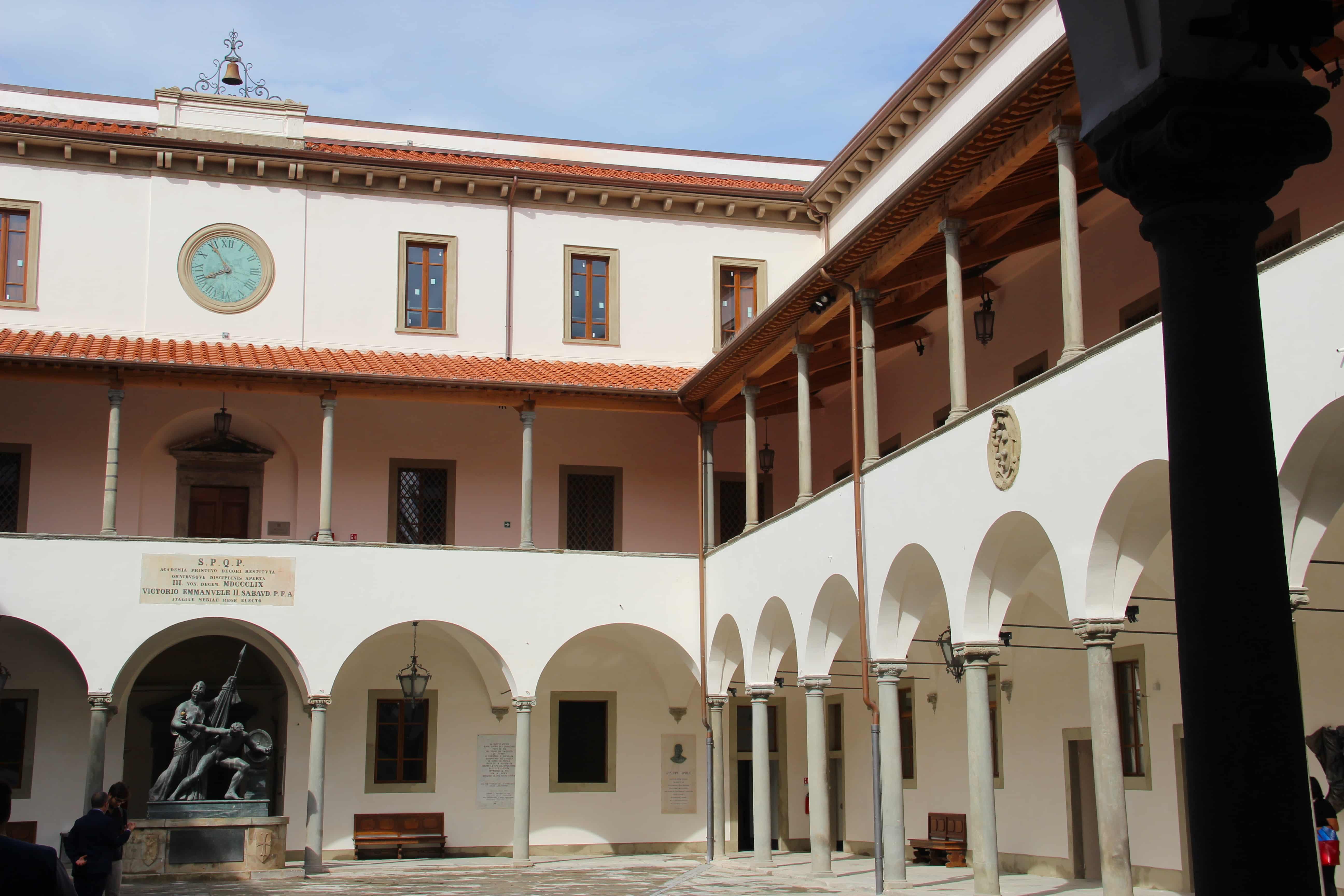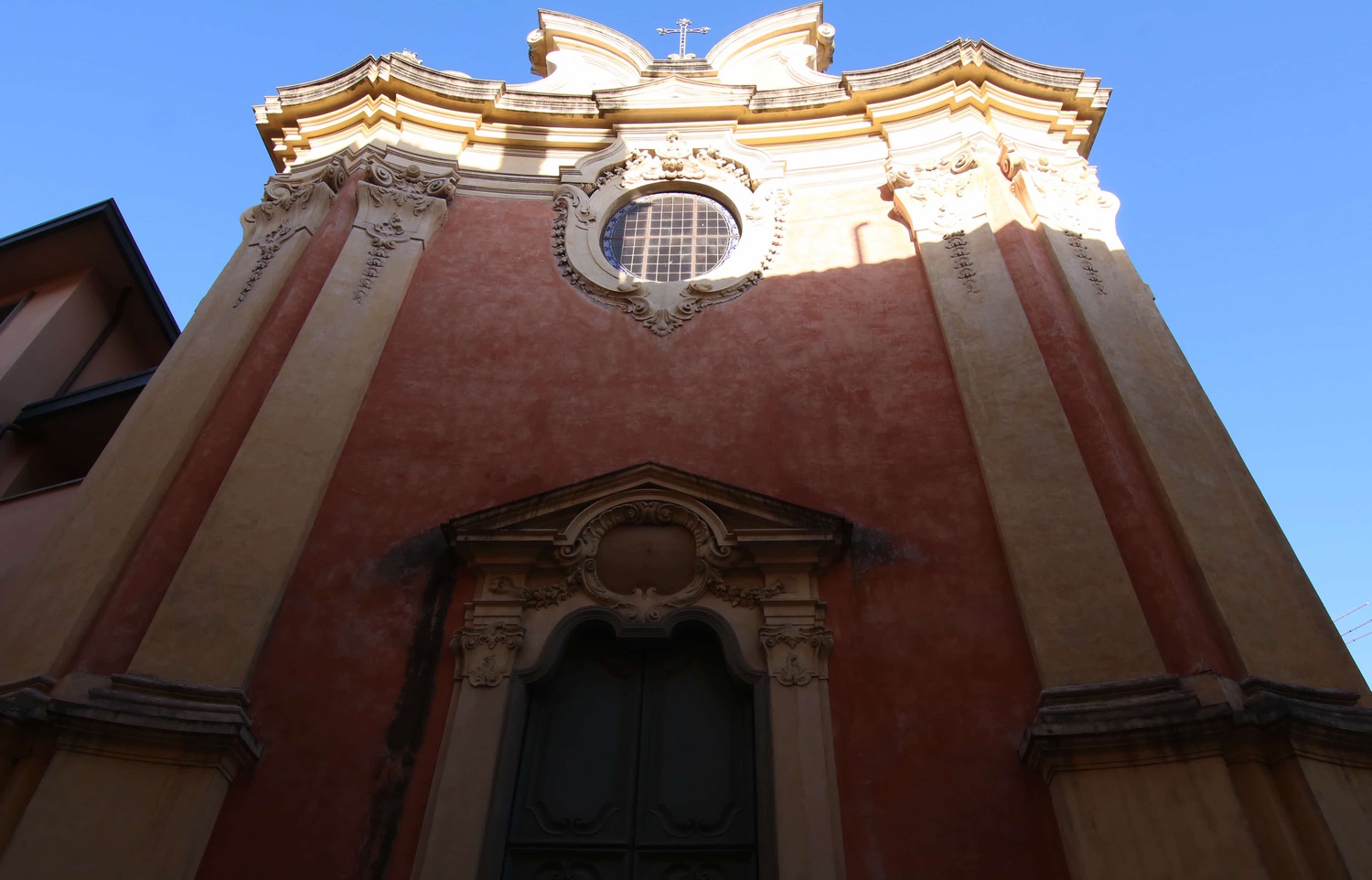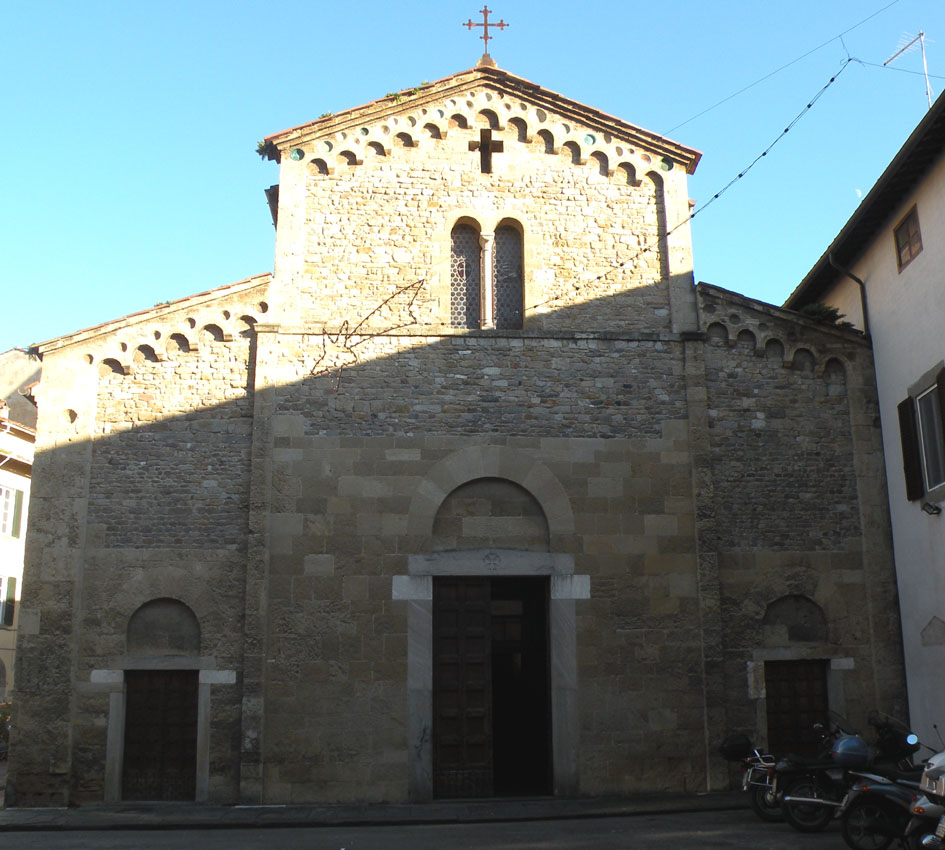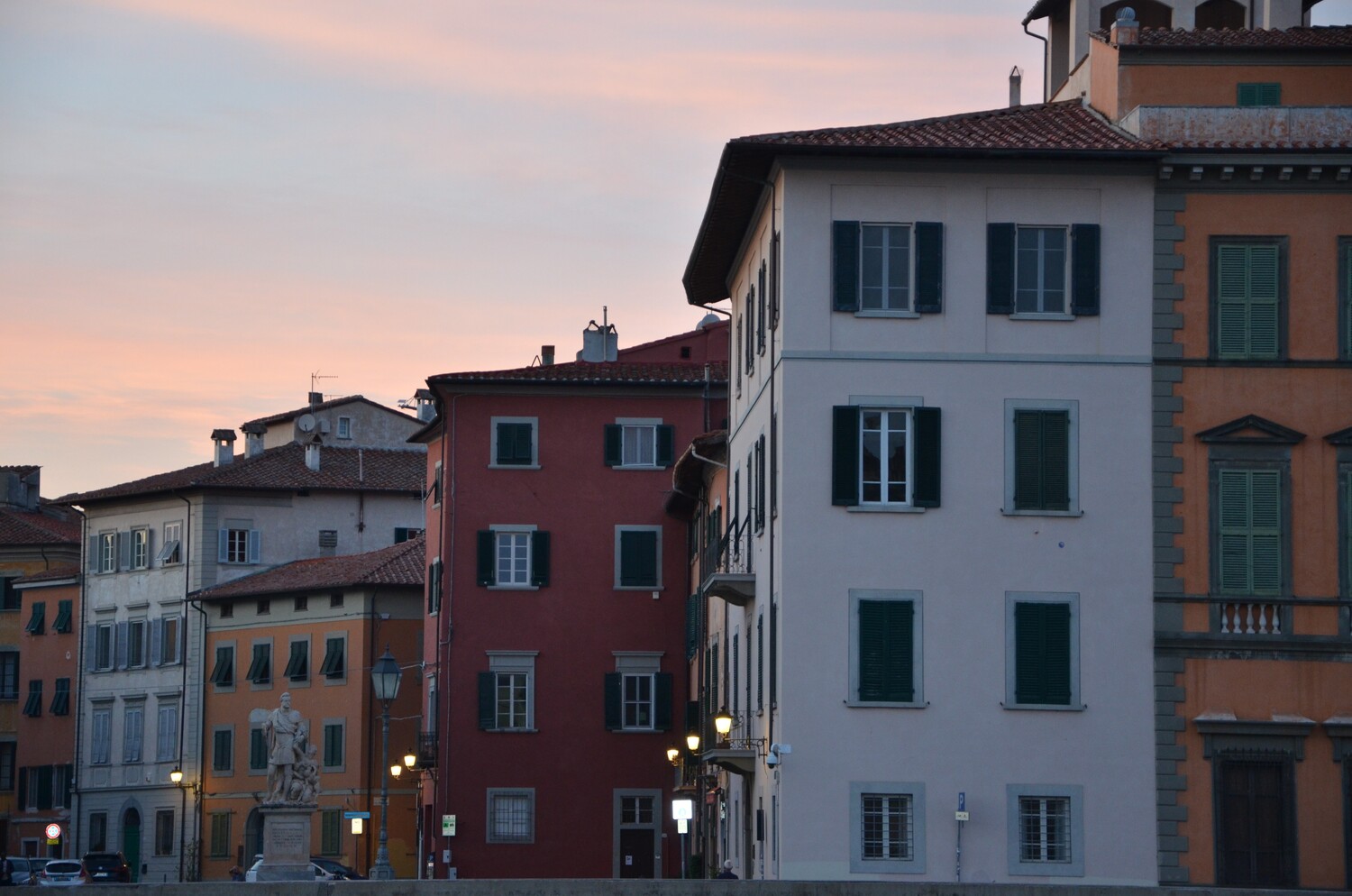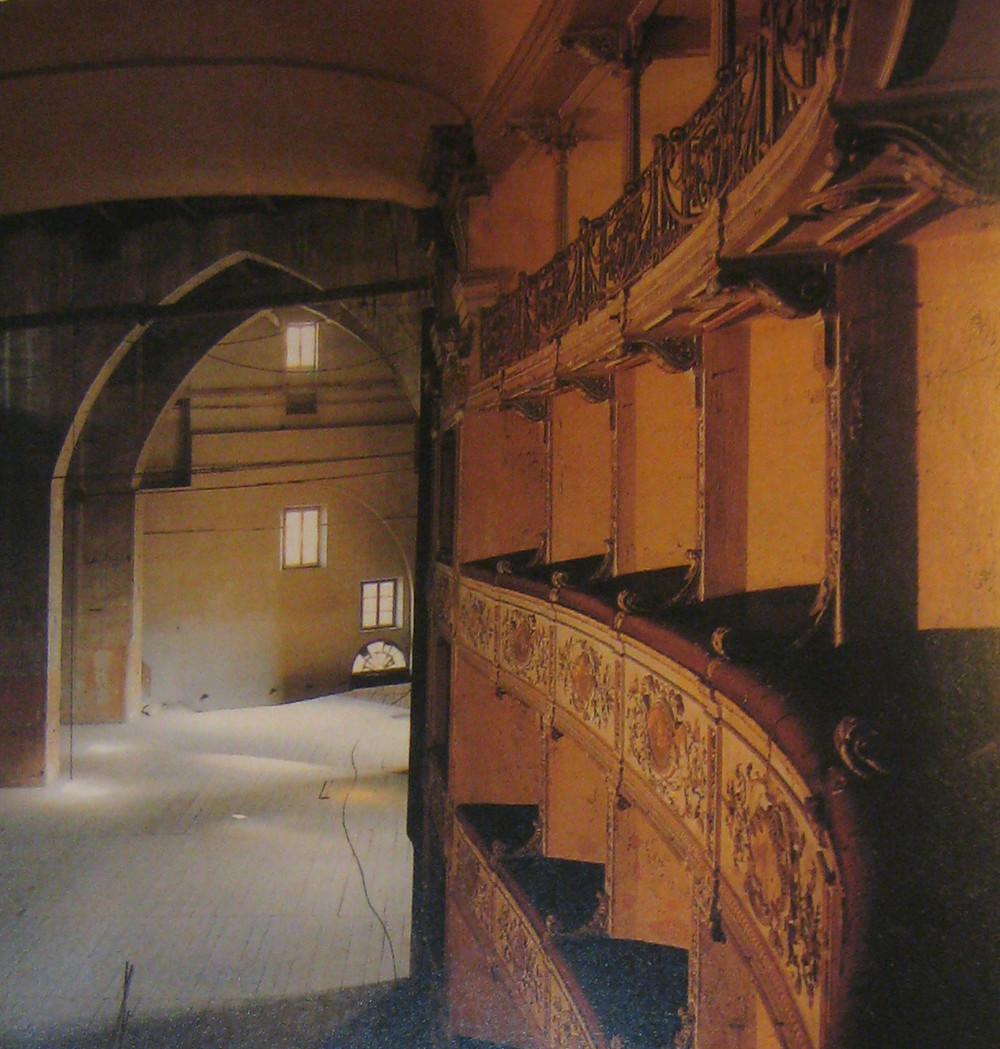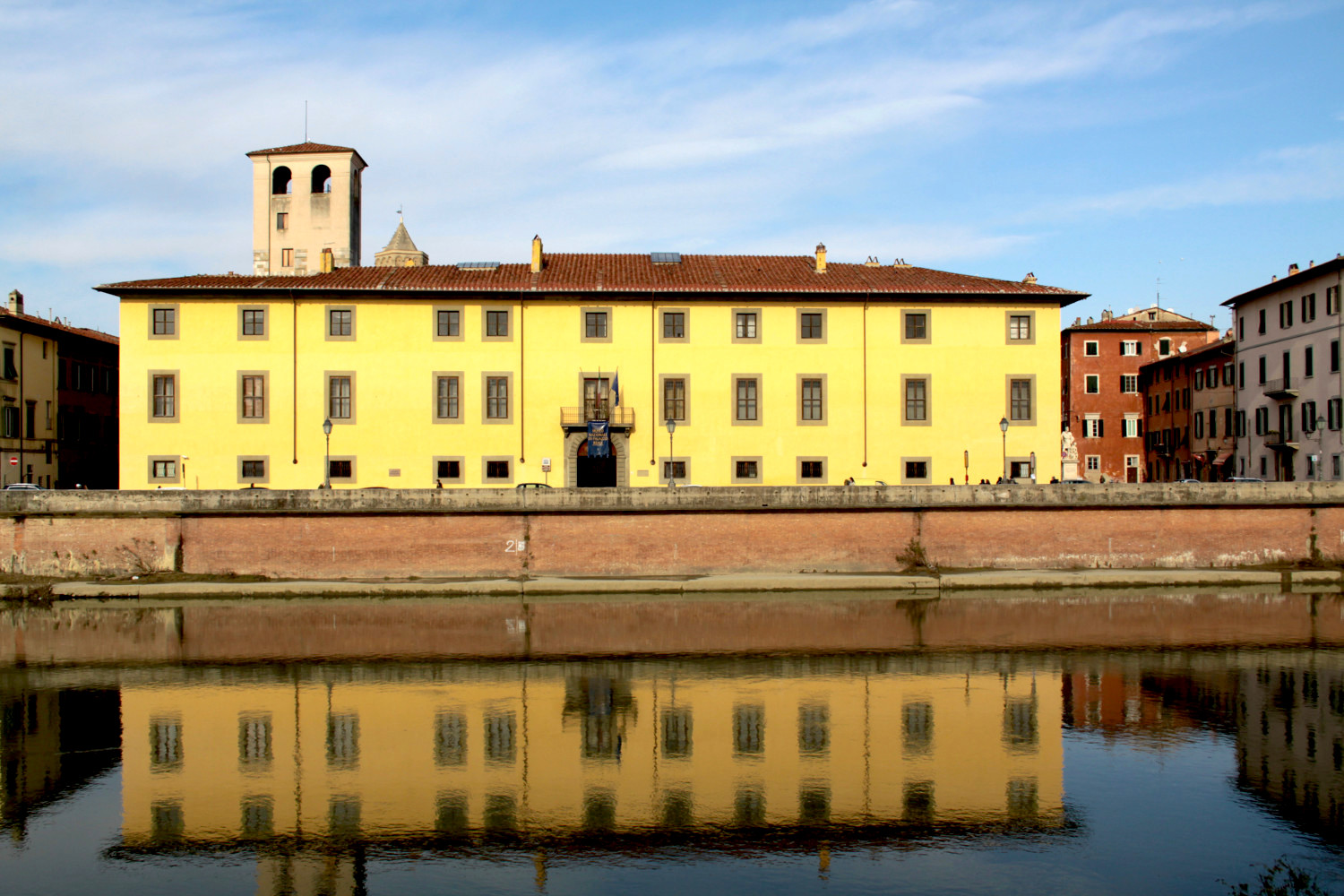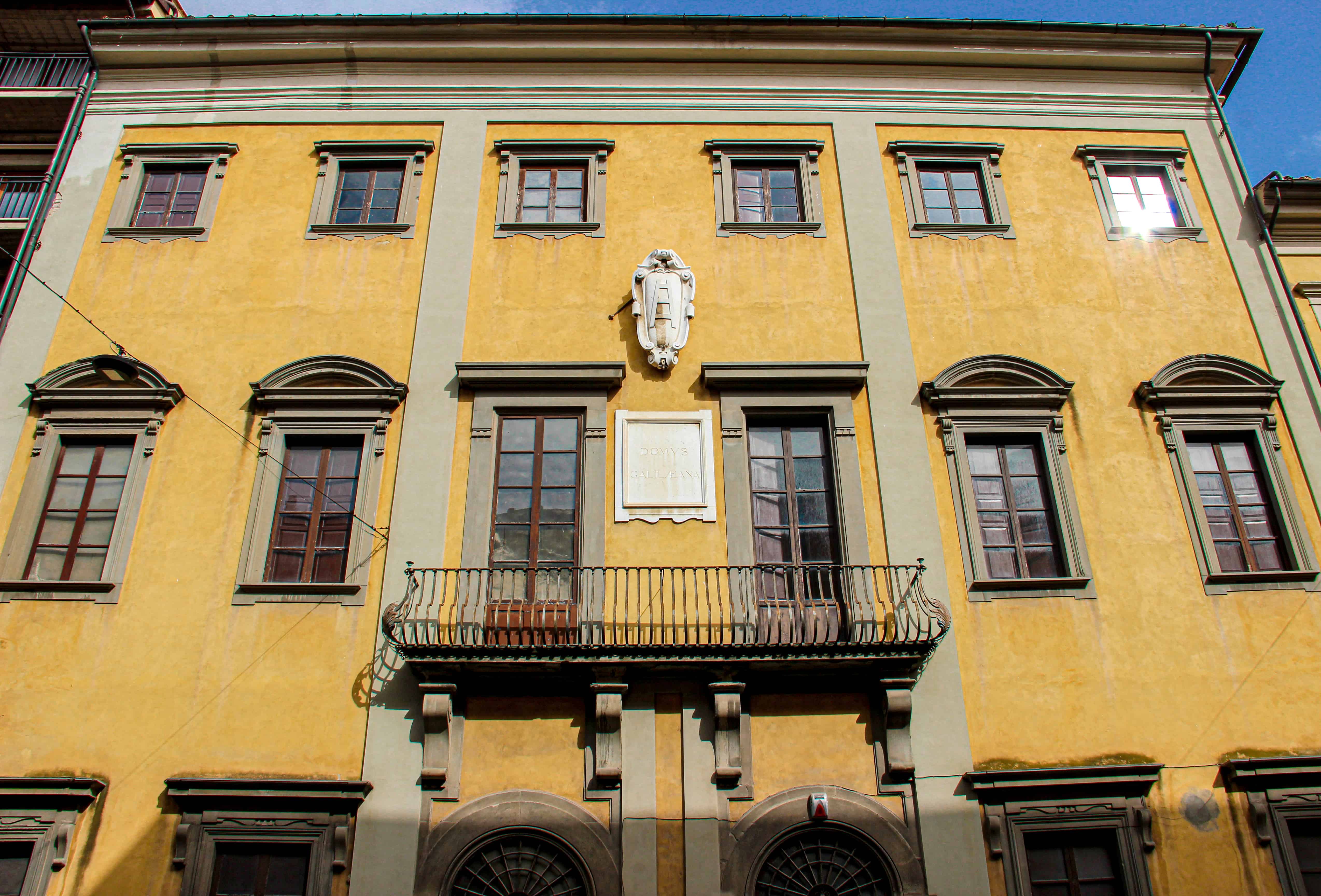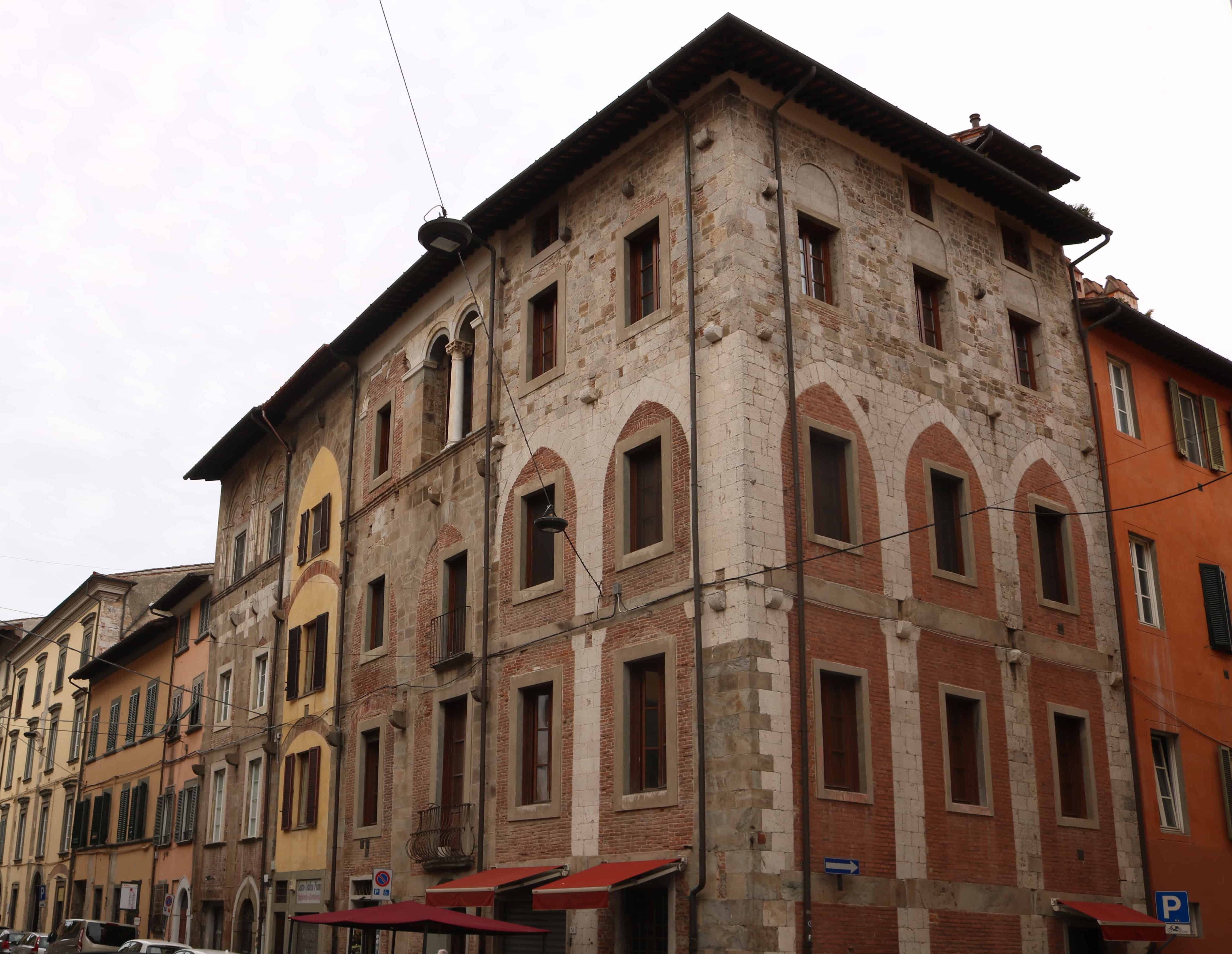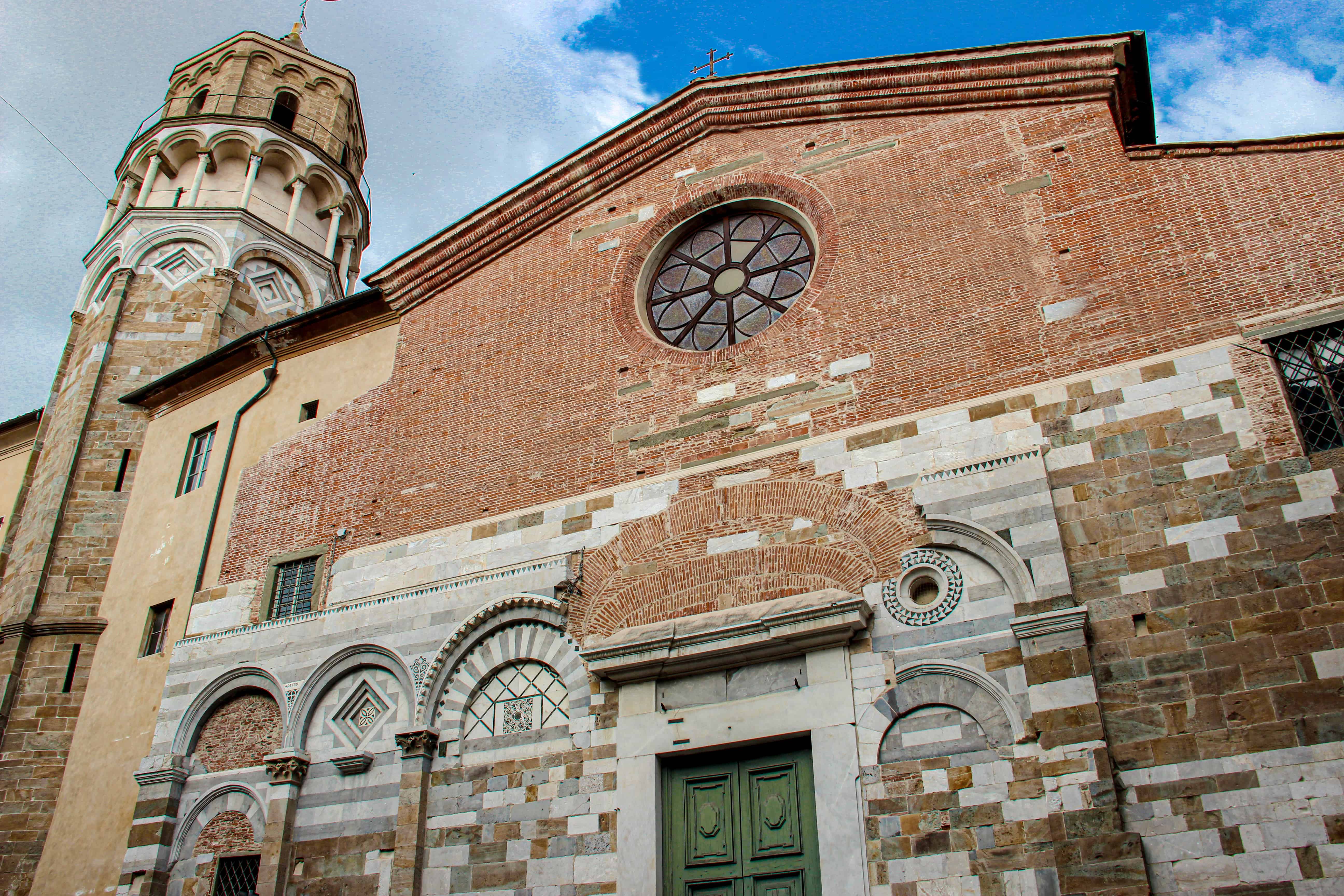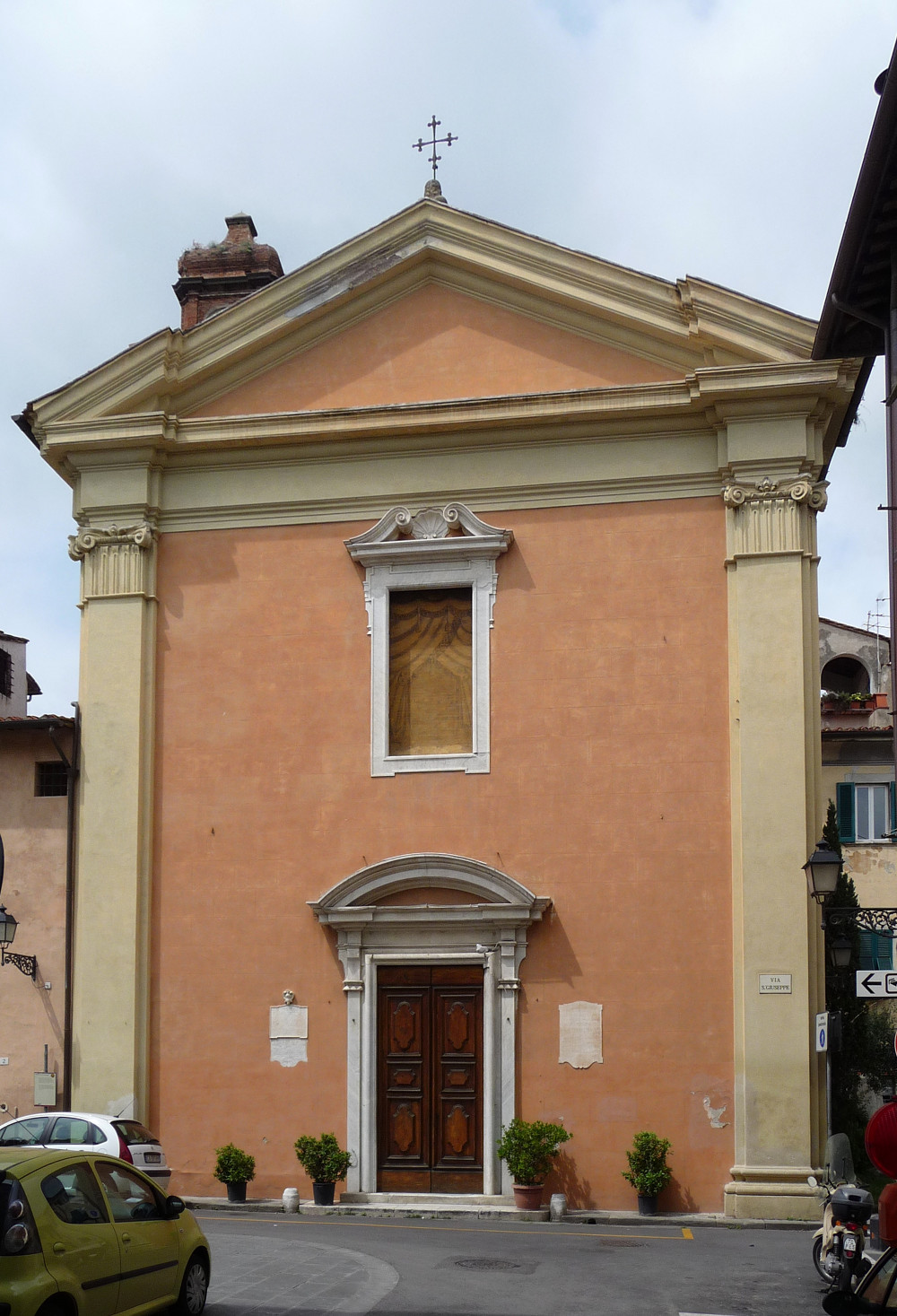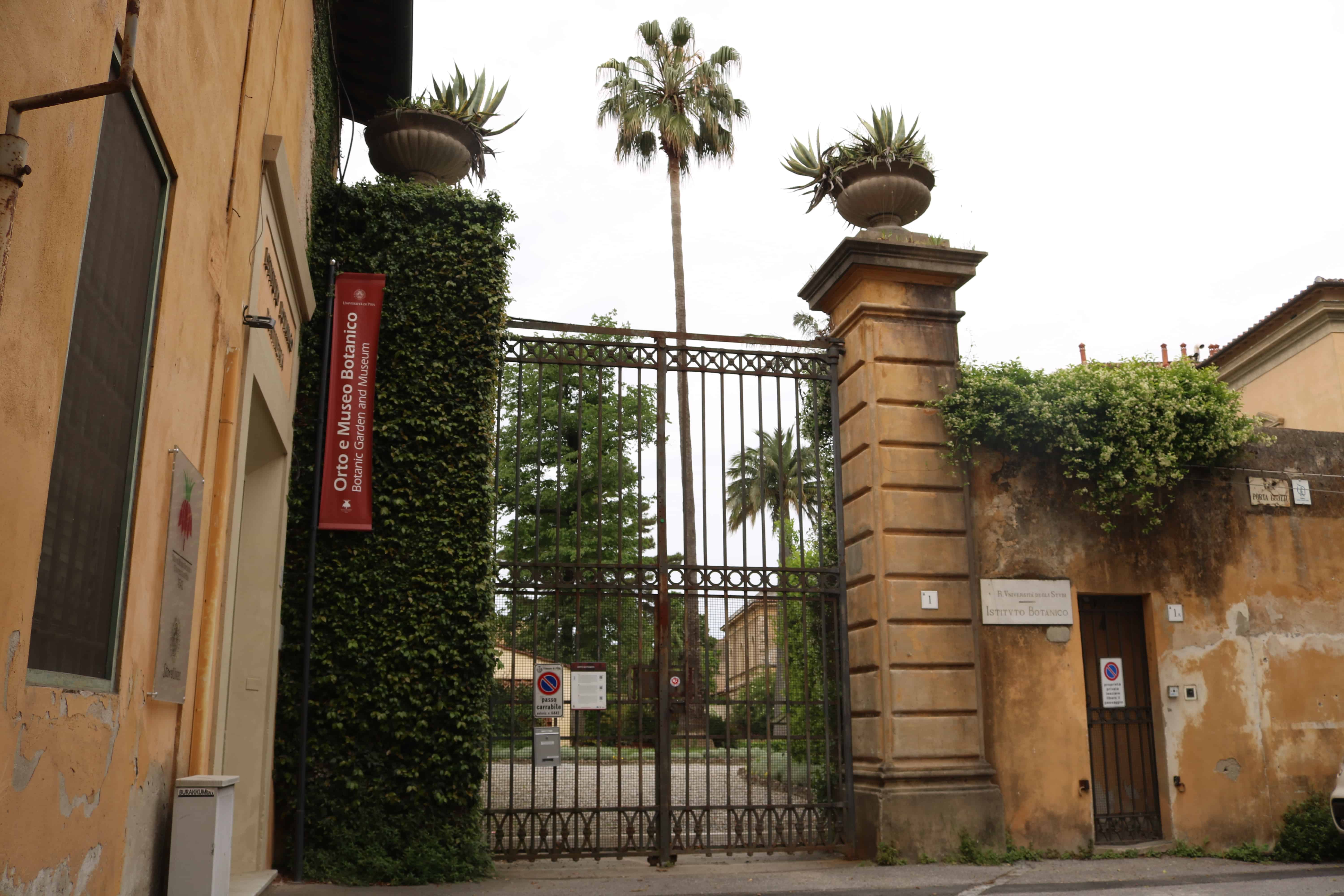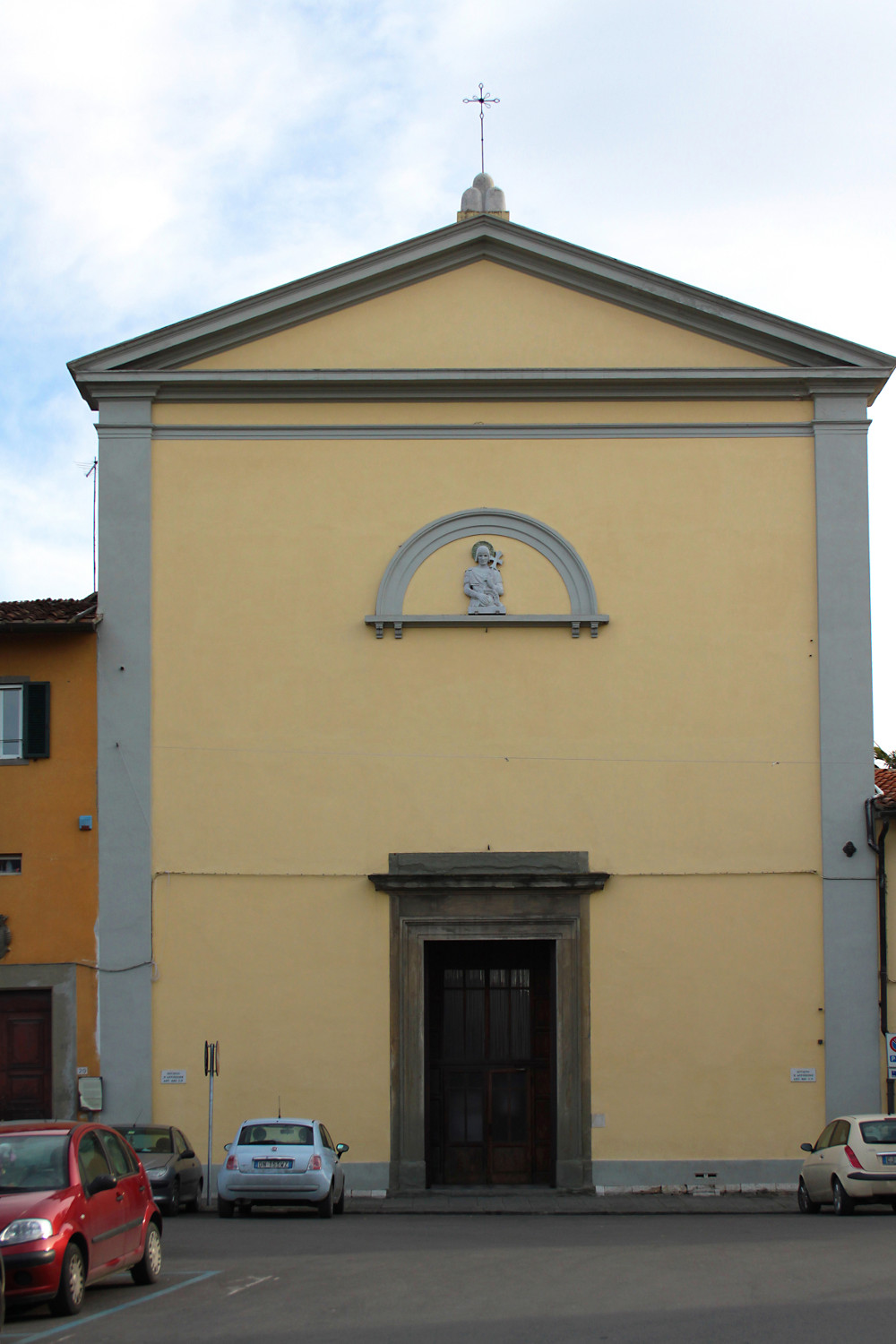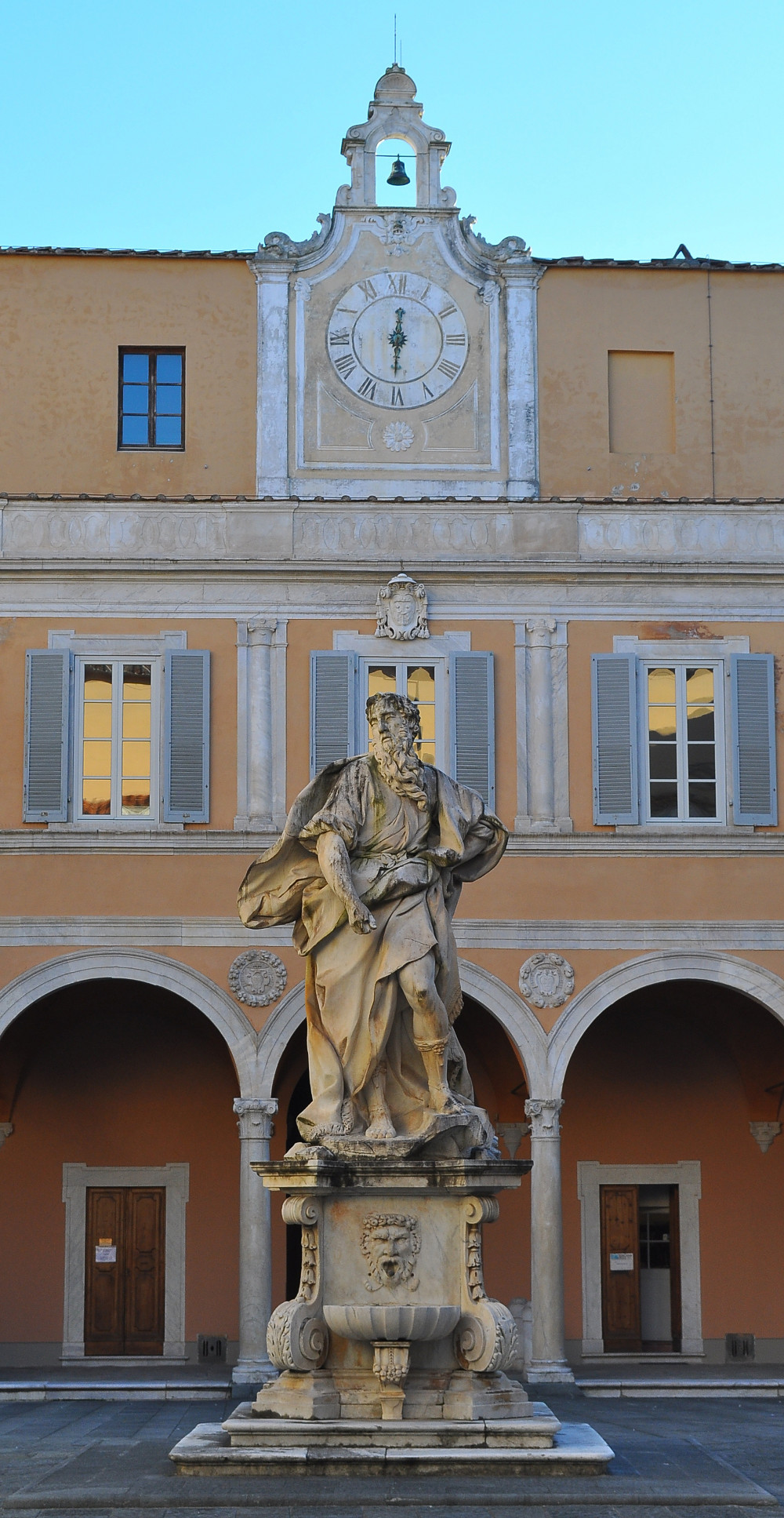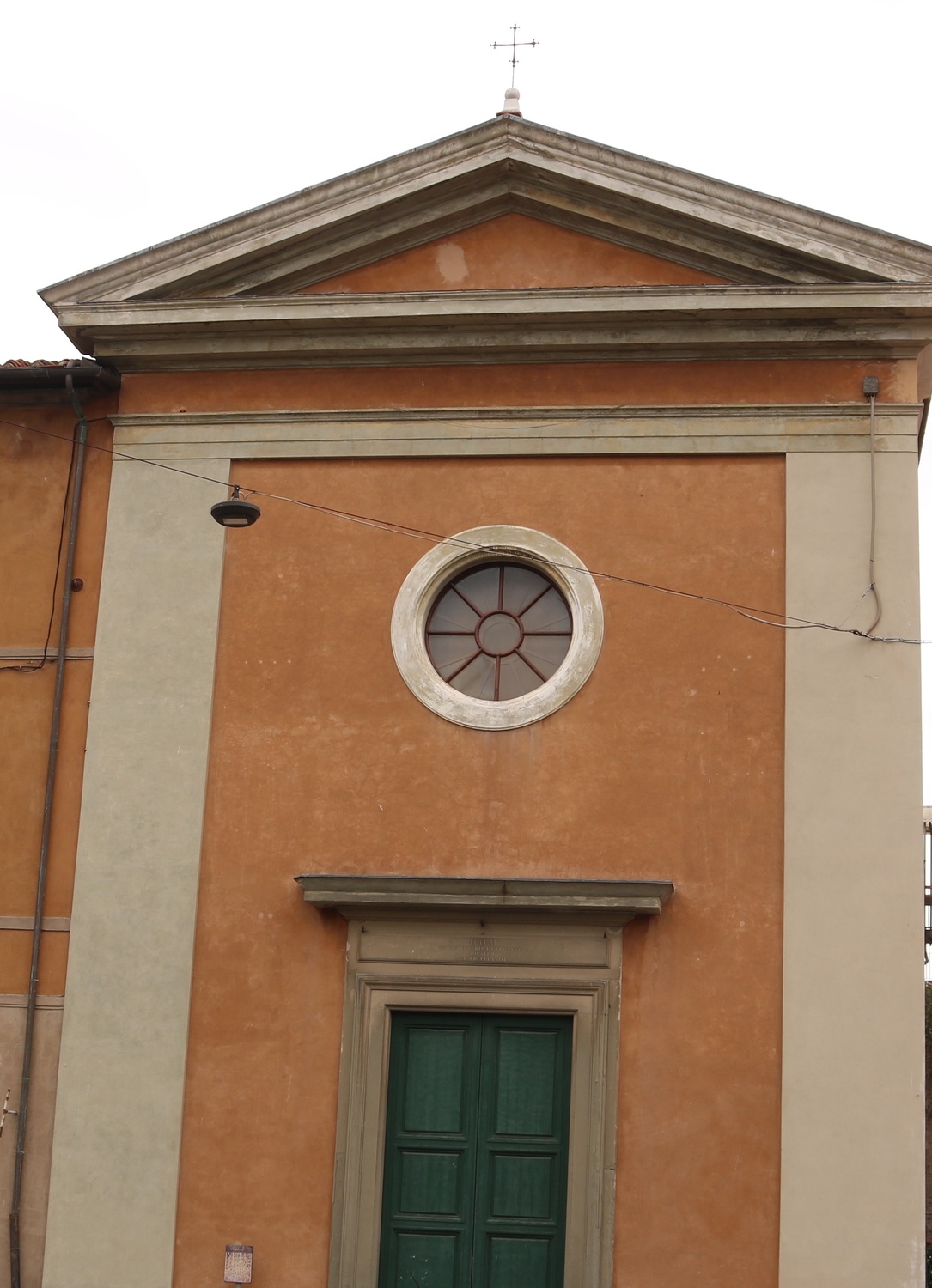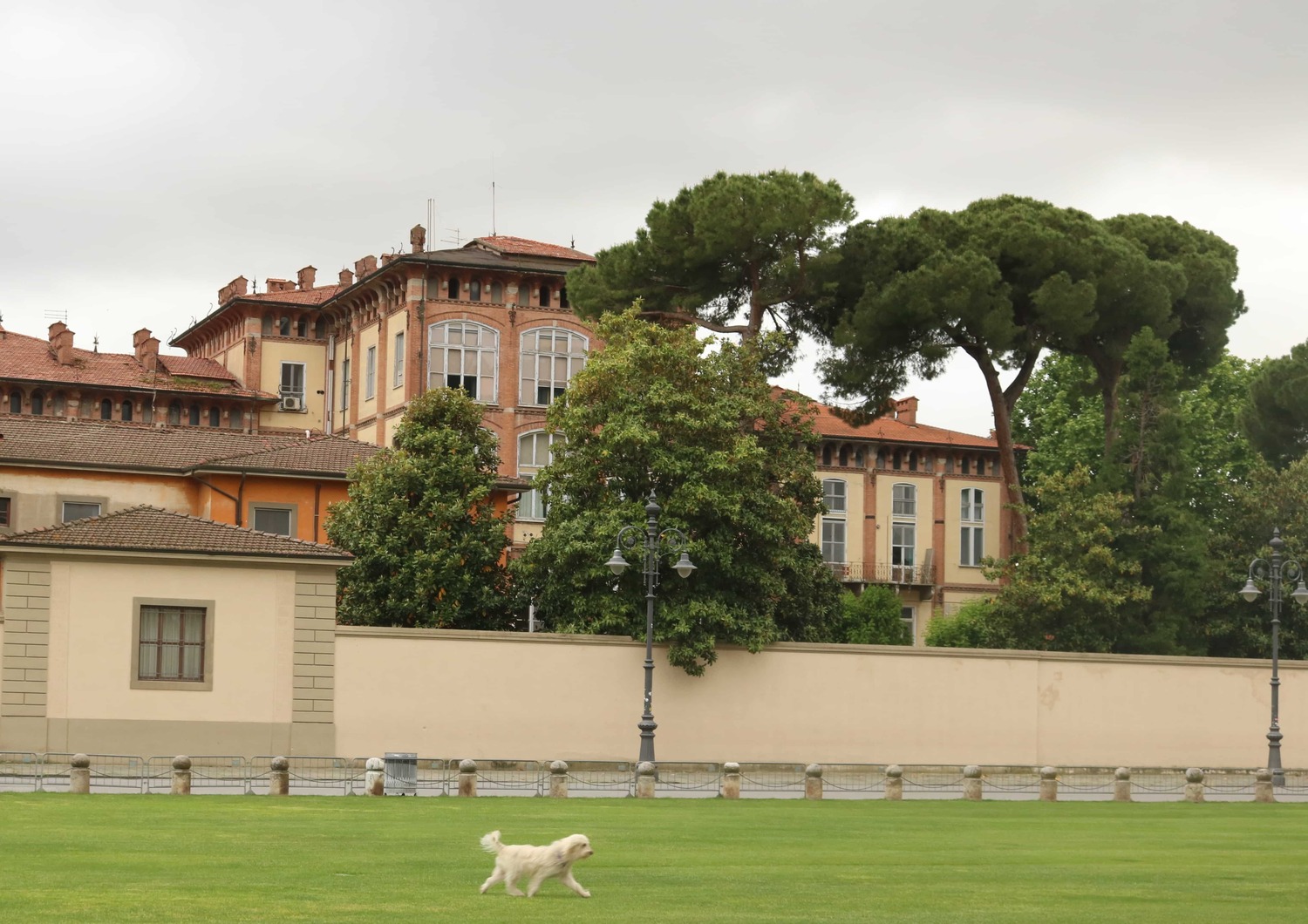Piazza delle Vettovaglie
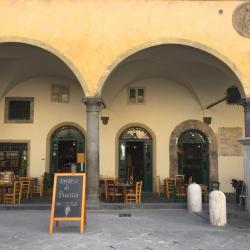
The square was shaped between 1543 and 1565, when this part of the town centre was redesigned under Medici rule.
This was a lively quarter in the middle ages, where homes and chapels of noblemen, like the Visconti and Erizi families, mixed with craftesmen’s workshops and hostelries. There was a small open space known as "Piassa de’ Porci", the focal point of which was a well recently brought to light during archaeological excavations (in the north-west corner of the arcade).
Already in 1493, the Opera del Duomo had been granted permission to build a new "Piazza del Grano" in this area, because the previous place for the sale of cereals had been assigned to the future headquarters of the Pisan studium (University), but a revolt and the institution of the Second Pisan Republic delayed work.
In the 16th century some buildings were demolished to make way for the new square, although on the north and west sides others were incorporated into a new Renaissance style building. The piazza was built as an irregular quadrilateral, surrounded by an arcade with sandstone pillars, in a style copied from Medici circles, already used in the courtyard of Sapienza and in the cloister of the St. Francis monastery. Silos for cereals were built into some of the houses around the square and under the arcade, using a Florentine technique. In the 1700s, a variety of foodstuffs were sold in the area, that took the name of Piazza delle Vettovaglie (Victuals Square). For reasons of hygiene a fountain attached to the aqueduct built by the Grand Duke was fitted and a large number of underground facilities for rubbish disposal were also installed.


